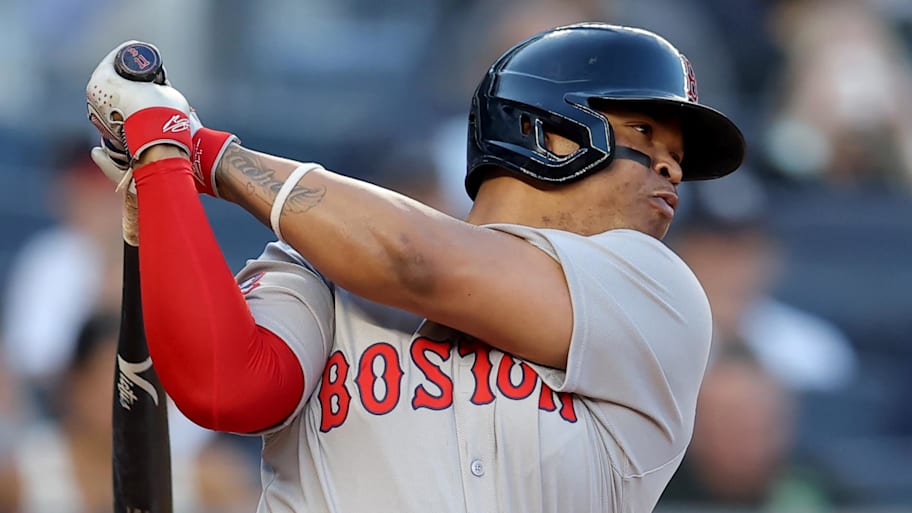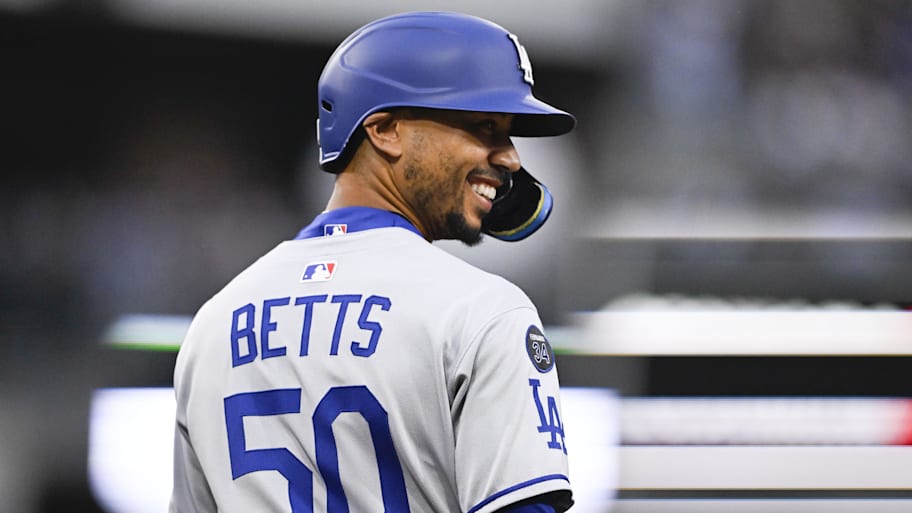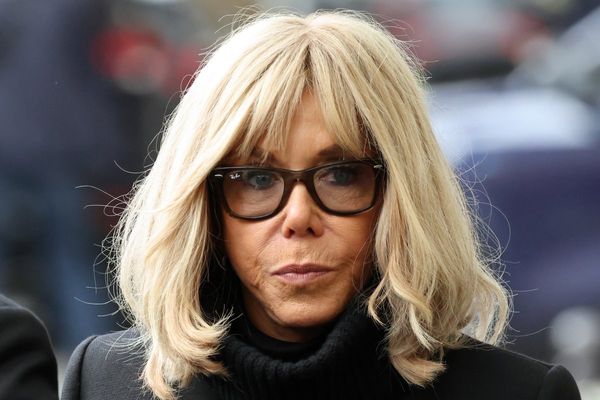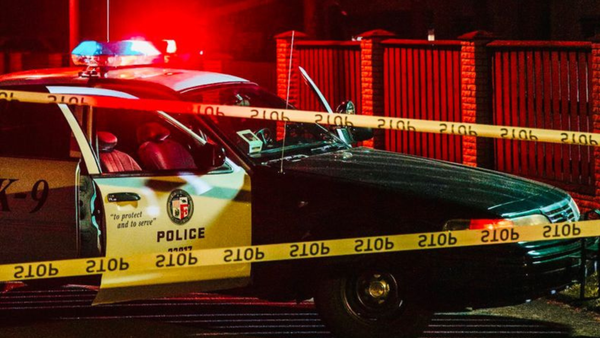
As the San Francisco Giants took the field in Los Angeles this afternoon, still reeling from the news that they had executed a blockbuster trade to bring Boston Red Sox DH Rafael Devers aboard, the man at the center of the deal stood at shortstop.
The biggest transaction of the 2025 season was not really about the four players headed to the Red Sox—converted starting pitcher Jordan Hicks; swingman Kyle Harrison, who was pulled from the bullpen just minutes before his scheduled start against the Dodgers; outfield prospect James Tibbs; or pitching prospect José Bello—or even Devers himself, the top-10 hitter who has twice squabbled with team officials over his position. No, this deal was five years in the making, dating back to the last time the Red Sox made a major trade: the 2020 Mookie Betts trade.
Back then, just a year removed from the best season in franchise history and the organization’s ninth World Series title, the Boston ownership group considered the most talented player its farm system had produced since Carl Yastrzemski and shrugged. Management, led by principal owner John Henry, decided not to offer Betts an extension; rather than let him walk in free agency for nothing but a draft pick, they ordered then–head of baseball operations Chaim Bloom to trade him.
Bloom scrounged around among an industry that knew he had to move Betts, tacked on the three years and $96 million remaining on lefty David Price’s deal, and ended up with a forgettable package from the Dodgers: outfielder Alex Verdugo and two prospects, shortstop Jeter Downs and catcher Connor Wong. (The Red Sox traded Verdugo to the Yankees before last season after he publicly feuded with manager Alex Cora, waived Downs after he played in 41 games and have received zero RBIs from Wong in 41 games this season.)
Betts immediately signed a 12-year, $365 million extension with the Dodgers that will look like a bargain no matter how the last six years go: He has been an All-Star every season and finished No. 2 in MVP voting twice while slotting in easily in right field, at second base and at shortstop, and leading the team to two titles. (He reportedly told friends he would have signed the same deal in Boston.)

So naturally, two years later, Henry’s ownership group lowballed its next homegrown star, shortstop Xander Bogaerts, in extension talks, then watched him decamp to the San Diego Padres in free agency for 11 years and $280 million—some five years and $140 million more than Boston had offered. Amid a roar of fan fury so loud it all but drowned out the team’s Winter Weekend the next spring, Henry and Bloom tried to make amends by signing the final remaining young star, Devers, to a 10-year, $313.5 million deal. (Henry fired Bloom following the 2023 season.) Devers had always been a talented hitter, but even then, when he was 26, it was clear that he was the least fit of the three for that sort of commitment. He did not profile to spend the rest of his career at third base, and he had yet to show the kind of leadership you might ask of the face of your franchise. The whole deal felt a bit like when an umpire misses a pitch down the middle, then calls the next pitch a strike no matter where it ends up.
This spring, the cracks began to show. The Red Sox upgraded at third base by signing Alex Bregman to a three-year, $120 million deal with two opt-outs, but apparently failed to inform Devers that he’d been unseated. At spring training, Devers told reporters, “Third base is my position.” Eventually, Cora convinced him that designated hitter was his new position, although Devers never seemed especially thrilled about it.
Then, a month ago, first baseman Triston Casas suffered a season-ending knee injury, and chief baseball officer Craig Breslow turned to Devers. “They can’t expect me to play every single position,” Devers lamented to reporters. He added, “They put me in this situation, and they told me that they didn’t want to allow me to play any other position. Now, I think they should do their jobs, essentially, and hit the market and look for another player. I’m not sure why they want me to be in-between the way they have been.” His frustration was so evident that Henry flew to Kansas City to meet the team and address the issue with Devers.
Evidently he was not satisfied with how that conversation went.
The Red Sox may yet win this trade—the Giants will pay the entire $250 million remaining on Devers’s contract, and Tibbs was their first-round draft pick last year—but this was certainly not the situation they envisioned when they sat at a dais in Boston two and a half years ago and anointed Devers the face of the franchise. In the end, though, perhaps this franchise got the face it deserved: a talented but mercurial player who didn’t always have his priorities straight and never quite lived up to his potential.
More MLB on Sports Illustrated
This article was originally published on www.si.com as Red Sox Once Again Kneecap Roster With Rafael Devers Trade.







